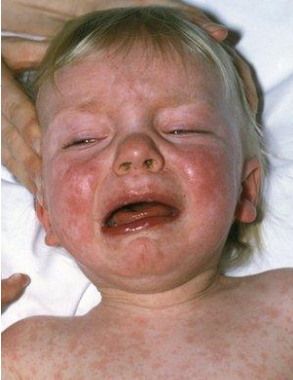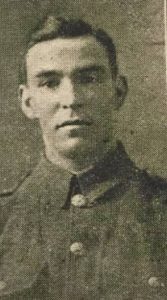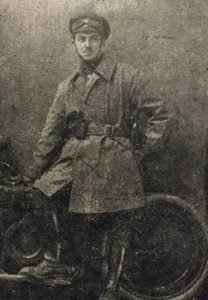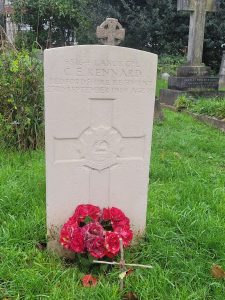On 4th October 1918, there was a report in the Bromley & District Times on a CHILD WELFARE EXHIBITION

In discussing the birth-rate the report continued:
‘… the prolongation of the war had naturally affected the birth-rate in a most alarming manner. The continued absence of the fathers on active service abroad had affected the whole of Europe, though they were better situated than Germany. After four years of war they were able to tabulate the figures and realise what the diminution of the birth-rate really meant.
It was therefore small wonder that special attention was now being called to the preservation of infant life, for on that they must depend for their future citizens’
[su_table]
| Births during the war | |
| 1913 | 881,000 |
| 1915 | 814,000 |
| 1916 | 780,000 |
| 1917 | 668,000 |
[/su_table]




